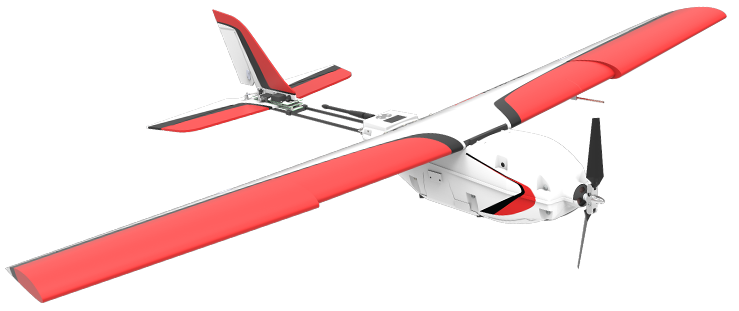FAA Tests System To Let Drones Sense And Avoid Obstacles
Steer clear

On Monday, the FAA is going down to North Carolina to see if drones can learn to avoid obstacles. The tests will take place at Butner, about 200 miles away from where the Wright Brothers first flew, and the milestone in aviation they’ll mark is much more modest. The brothers proved planes could fly with people on board. On Monday, the FAA wants to prove planes without people can fly themselves safely.
Specifically, the tests focus on first-person-vision flights, where a pilot steers the drone beyond their line of sight using video streamed from the drone itself to either a screen or headset. The FAA’s draft drone rules prohibit flights beyond line of sight, which limits drone use to where a pilot can be. The goal is to keep drones from crashing into other objects. The rules also in effect constrain how far drones can fly. So on Monday, the FAA will work with Precision Hawk drones to see if technology that avoids obstacles can allow an alternative solution.
Technology Review writes:
To test the LATAS system a paraglider pilot will fly at piloted drones, seeing how long it takes for the drone pilot to break contact. After that human baseline, they’ll test the software to see if it can move the drones out of a collision course faster.
If the tests work, the FAA’s Pathfinder program may prove well-named indeed, as it clears an avenue for long-range commercial drone flights in the future.
